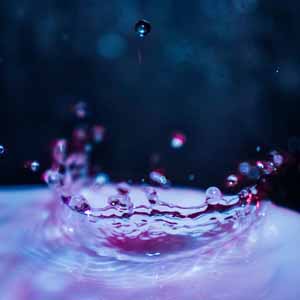 Smart Citations
Smart CitationsSee how this article has been cited at scite.ai
scite shows how a scientific paper has been cited by providing the context of the citation, a classification describing whether it supports, mentions, or contrasts the cited claim, and a label indicating in which section the citation was made.
Cultivation of hydrocarbon-tolerant microalgae in flowback wastewaters produced during hydrofracking of impermeable rocks

Accepted: September 3, 2022
All claims expressed in this article are solely those of the authors and do not necessarily represent those of their affiliated organizations, or those of the publisher, the editors and the reviewers. Any product that may be evaluated in this article or claim that may be made by its manufacturer is not guaranteed or endorsed by the publisher.
Huge amounts of Wastewaters (WWs) are produced yearly by the hydrofracking of impermeable rock formations for the extraction of oil or natural gas. Flowback Wastewaters (FWs) are characterized by high contents of inorganic contaminants and hydrocarbons thus representing a relevant threat for the environment. In this work three hydrocarbon-tolerant microalgae have been cultivated in flowback water generated during hydraulic fracturing to investigate their growth kinetics. All three strains could grow in FWs irrespective of the presence of oil hydrocarbons. Biomass productivity varied significantly among the strains. Ochromonas danica achieved a specific growth rate equal to 0.386 day–1 during the exponential phase and a maximum biomass productivity equal to 39 mg L–1 day–1 after 11 days of batch cultivation. Scenedesmus dimorphus was capable to grow in the FWs by achieving a biomass concentration equal to 0.5 g L–1 after about 25 days of cultivation. On the contrary, Prototheca zopfii was strongly affected by the contaminants of FWs. Ultimately, this study demonstrated that specific strains of microalgae could thrive in FWs and thus represent suitable candidates to future research activity aimed to verify the possibility to bio-remediate these harmful WWs.
Downloads
How to Cite

This work is licensed under a Creative Commons Attribution-NonCommercial 4.0 International License.
PAGEPress has chosen to apply the Creative Commons Attribution NonCommercial 4.0 International License (CC BY-NC 4.0) to all manuscripts to be published.

 https://doi.org/10.4081/jbr.2022.10660
https://doi.org/10.4081/jbr.2022.10660




